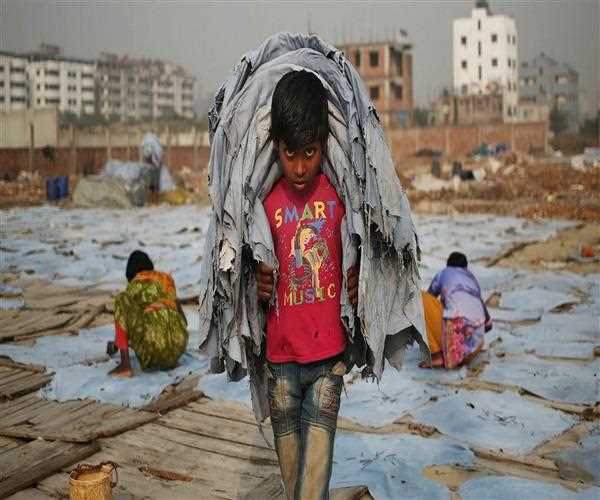An overview - Child labor
Child labor, in simple terms, means the exploitation of children through any form of work that deprives children of living their childhood and interferes with their ability to attend regular school. It is even mentally, physically, socially, and morally harmful in the most severe cases.
Such exploitation is prohibited by legislation worldwide, although these laws do not consider all work by children as child labor; exceptions include work by child artists, family duties, supervised training, and some forms of child work.

Also read: Which country hosted the 4th Global Conference on Sustained Eradication of Child Labor?
Child labor: Reports and causes
1. Around One-fourth of children in emerging countries are subjected to child labor. The highest number of Child laborers (29 percent)are in sub-Saharan Africa. In 2017, four African countries, namely, Mali, Benin, Chad, and Guinea-Bissau witnessed over 50 percent of children aged 5–14 engaged in child labor.
2. The majority of child labor is found in the rural and informal urban economies; children are predominantly made to work by their parents rather than in factories. The agricultural sector is estimated to be the largest employer of child labor. Poverty and lack of good quality education in schools are considered the primary cause of child labor.
3. According to World Bank reports, child labor incidences have decreased from 25% to 10% between 1960 and 2003. However, The total number of child laborers remains high. UNICEF and ILO admitted an estimated 168 million children aged 5–17 worldwide were involved in child labor in 2013.
4. Low wages are one of the critical factors in the rise of child labor. Since low wages force the family or parents to involve more people in work to increase the total income, they end up involving their children in child labor.
Also read: What is the theme of the 2019 International Labours day?